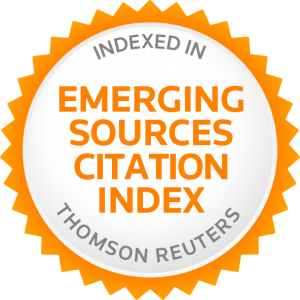METAPHORIZATION AND METONYMIZATION: DIACHRONIC DEVELOPMENT OF VERBS OF VOLITION IN SOUTHERN MIN
Miao-Hsia Chang
This paper investigates the diachrony of the verbs of volition ai and beh in Southern Min (SM). The data include historical SM texts (16th-19th century), folk songs in the late 19th to early 20th century, and contemporary natural Taiwanese Southern Min conversations. The results mainly mark two stages of the development of ai and beh: historical (before 1900) and contemporary SM. Since the 16th century (Ming Dynasty), ai has been used as a verb of volition indicating love, intention or hope. As for historical ai, it marked future, specialized however for predicting an adverse future. In contemporary SM, a sense of necessity emerged with the use of ai denoting general agreement among people. Seven senses are attributed to historical beh: want/intention/hope, future, excessiveness, necessity, proximity and conditionality. In contemporary SM, the indication of the want of an entity has become a less preferred use, and necessity is only preserved when indicating puzzlement and helplessness. The diachronic developments of ai and beh demonstrate an interplay of metaphorization and metonymization (Traugott and Dasher 2002:27). Metaphorization contributes first to the semantic shift of ai and beh from “to want; to love” to “to intend to” and a concurrent categorical change from lexical verb into auxiliary, and second, to the evolution of future. Metonymization activates an even wider range of uses and meaning change, including the pragmatic strengthening of interpretations such as excessiveness ('beh'), necessity ('ai,' 'beh'), proximity ('beh') and conditional ('beh'), and prediction of an undesirable future ('ai').
Key words: Southern Min; verbs of volition; grammaticalization; diachronic development; metaphorization; metonymization



